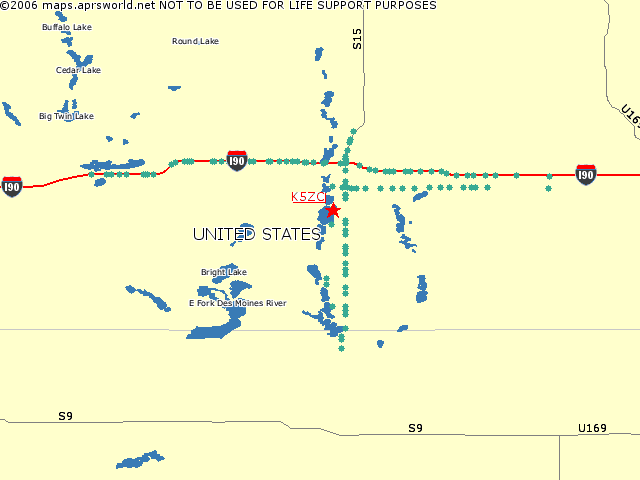
I've become a fan of Icom's D-Star amateur radio communications system. I now own a complete repeater stack, and have all four radio modules on the air. I'm also working with coordinators and the D-Star community to develop frequency coordination standards that take advantage of D-Star's unique capabilities.
My repeater's callsign is K6ZC. Due to the callsign-routed nature of D-Star, I had to obtain a separate club station license for the repeater. This meant that I had to form a club for the purpose; my parliamentary knowledge made that job simple. I couldn't pass up the opportunity to get a callsign so close to my own in the process. There's actually a second club station license in the club's name, and that callsign (W5NP) will be used for other operations that require a station license separate from my own.
Here's the system's band assignments and frequencies:
| Band | Mode | Frequency | Offset |
|---|---|---|---|
| A | DV | 1284.500 MHz | -12.0 MHz |
| A | DD | 1249.000 MHz | Simplex |
| B | DV | 443.925 MHz | +5.0 MHz |
| C | DV | 146.970 MHz | -0.6 MHz |
The Super Stationmaster was recently moved to an eave mount on one end of
the house. That doubled the range of the 440 MHz module; here's a plot of a
recent range test I did. I used an IC-2820 on high power (50 watts) into a
Comet SBB1 multiband flexible antenna (rated at 2.15 dBi gain) on the roof
of my SUV.
The green dots are places I got into the system. The coverage along I-90 extends from just east of Sherburn (about mile marker 91) to Guckeen (about mile marker 113).
My system is on the D-Star network, and I'm listening whenever I'm in the office. I've got an ID-1 on 1200 MHz, an ID-800H that stays on 440, and an IC-2200A with D-Star module to listen to 2 meters. Give me a call sometime, preferably on 440 (the B port), as the ID-800's the easiest to set up to reply to a call.
See the registration page for information on user registration at this gateway.
The bylaws of the Conmicro Amateur Radio Society may be a suitable starting point for others who want to organize a club for the purposes of obtaining a club station license but don't want a lot of baggage associated with it.
73, Jay, K5ZC